#candy users
Text

cremimel benijerrys milkymuuh
szkibon cremozinho chiquinhu
ice cream brands users 🍨🍧 like / reblog if u use !
#͏ ͏͏͏ ͏͏͏ ͏͏͏ ͏͏͏ ͏͏͏ ͏͏͏ ͏͏͏ ͏͏͏ ͏͏͏ ͏͏͏ ͏͏͏ ͏͏͏ ͏͏͏ ͏͏͏ ͏͏͏ ͏͏͏ ͏͏͏ ͏͏͏ ͏͏͏ ͏͏͏ ͏͏͏ ͏͏͏ ͏͏͏ ͏͏͏ ͏͏͏ ͏͏͏ ͏͏͏ ͏͏͏ ͏͏͏ ͏͏#users#messy users#random users#usernames#short users#cute bios#simple users#food users#candy users#tumblr users#ideas#usernames ideas#cute usernames#soft usernames#messy usernames#user idea#carrd user#random layouts#kpop users#anime users#messycore
47 notes
·
View notes
Text


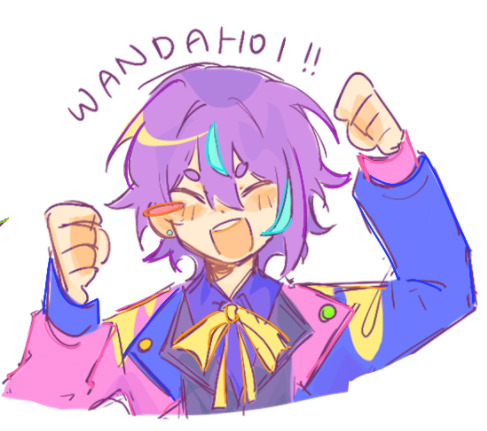
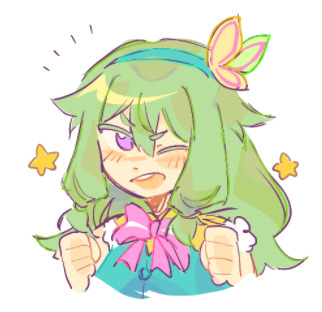
THEY MAKE ME SICK.
#polysho swap au#ib from amazing tumblr user drop-pop-candy do follow them !!#my art#project sekai#prsk fa#pjsk#wondasho#wonderlands x showtime#wxs#wonderland x showtime#project sekai fanart#rui kamishiro#rui pjsk#tsukasa tenma#tsukasa pjsk#nene kusanagi#nene pjsk#emu otori#polysho#emu pjsk#yeah im posting this here bcs. uh. wondasho#I LOVE THEM SM#THEY MAKE ME SICK#I LOVE THEM#I HATE THEM#ignore me
2K notes
·
View notes
Text





Halloween/Autumn themes userboxes for you QTs :)
#userbox#userboxes#this user#halloween#autumn#october#fall vibes#pumpkin#candy#candy corn#halloweencore#fall aesthetic#spooky#fall 2023#spooky season#spooky szn#horror movies#halloween candy#autumn vibes
1K notes
·
View notes
Text

We ask your questions so you don’t have to! Submit your questions to have them posted anonymously as polls.
#polls#incognito polls#anonymous#tumblr polls#tumblr users#questions#polls about food#submitted nov 20#candy#food#snacks#kitkat#chocolate
647 notes
·
View notes
Photo

This user loves candy. Send me an ask for the userbox you’d like to see next!
#laney speaks#mine#userbox#user box#this user#candy#sweet#sweets#food#yum#foodie#pink#pinkcore#pink core#pastel#pink pastel#pastel pink#pink obsessed#pinkpossibly#aes#pink aes#pink aesthetic#pastel aes#pastel aesthetic#light pink#princess#princesscore
642 notes
·
View notes
Photo
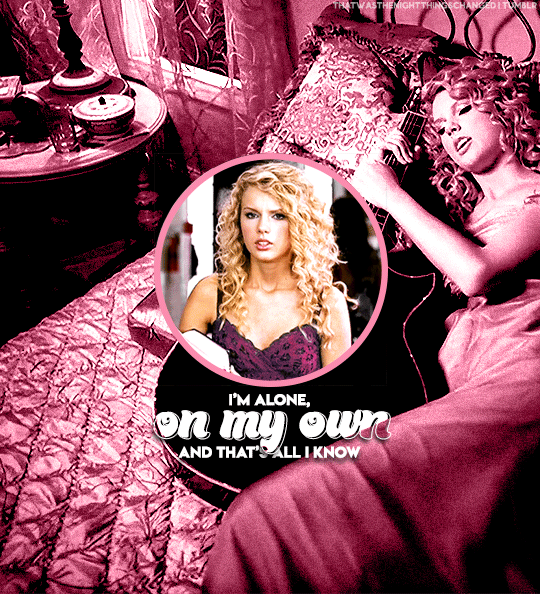
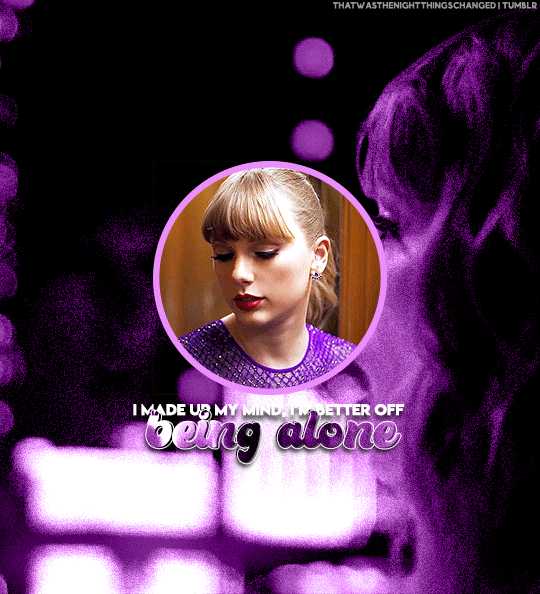

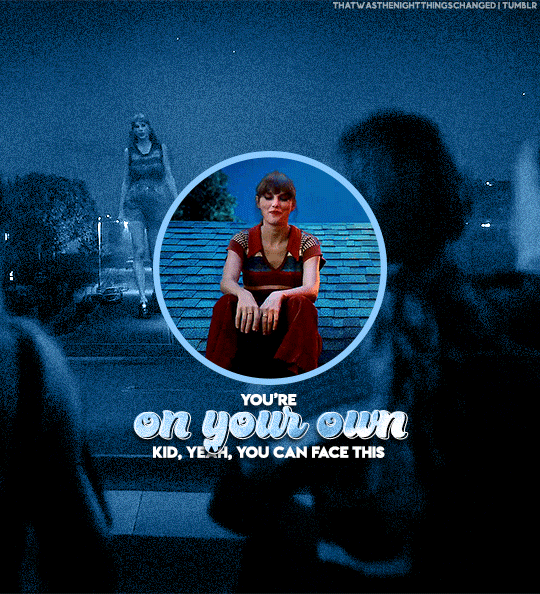
@lgbtqcreators 12 month style swap — for @glowinreview (in/sp.)
Taylor Swift + being on your own
#userlgbtq#tswiftedit#taylor swift#taylorswiftedit#tswiftgif#candy swift#dailytayloredits#edit#sarahsedits#tw flashing gif#uservivaldi#useral#tusercat#userlockescoles#userdanahscott#tuserheidi
543 notes
·
View notes
Text
୧ ‧₊˚ jungkook users ˚₊ ‧ ୨
glasstears sevencandy mainkooz
onmykoo starshaped jamsaivus
kyusevens virgopoem pomjeons

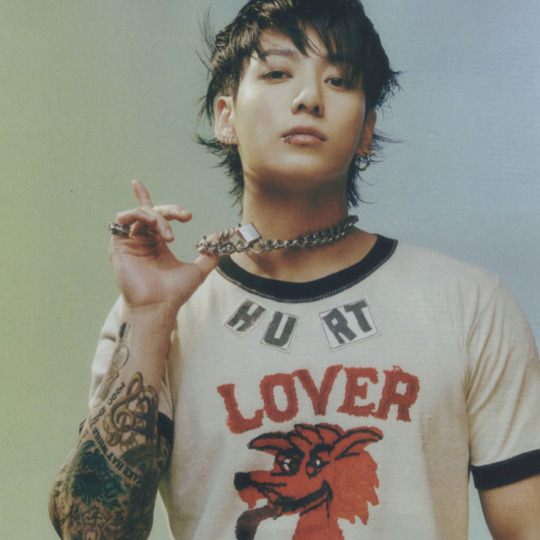

#ask#users#jungkook#bts#baby star candy#seven#long users#short users#kpop users#random users#tumblr users#usernames#lq#twitter users#messy users#messy#random#icons#kpop#moodboard#virgo#jamais vu#green#blue#colourful#photoshoot#vogue#scans#vintage#shot glass of tears
264 notes
·
View notes
Text

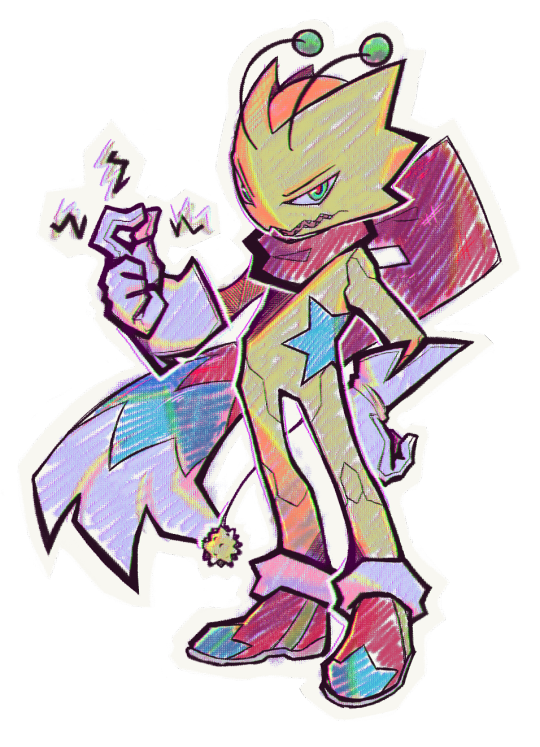
I did started this yesterday, but first art of 2024 I guess?
Messing around with style also, for something more of...kinda crayons vibe?
alt

#spark the electric jester#stej#fark#fark stej#mecha's shitty doodles#he was VERY satisfactory to draw yea shocking user Mecha enjoys drawing cartoony robots with their joints and such#design note: tail is konpeito shaped you know those japanese star-like-shaped candies#honestly these were born from random thought of “I need to make stej powerpoint to throw at my pals” and ofc I want to illustrate it#<is deranged#nobody allowed to comment how he's yellow star themed with red scarf and rival status just like one other certain character#sorry i like to ramble in tags hope you enjoy my words or something
90 notes
·
View notes
Text
circusanimcookiegender
a gender tied to those circus animal cookies !! this gender may connect to sweets, cookies, sprinkles, etc
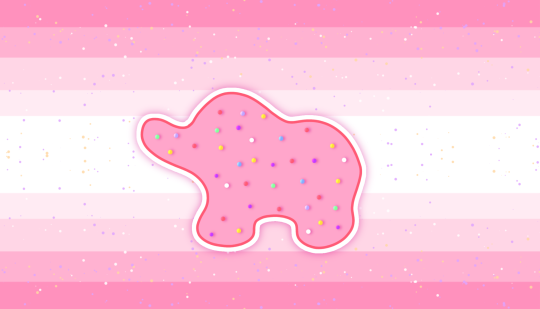
coined by saturn !!
[ENDOS DNI]
pinterest link
#flag coining#flags#xeno coining#xenogender#xenogender community#xenogender pride#xenogender user#gender coining#genderqueer#sugar genders#candy genders
56 notes
·
View notes
Text
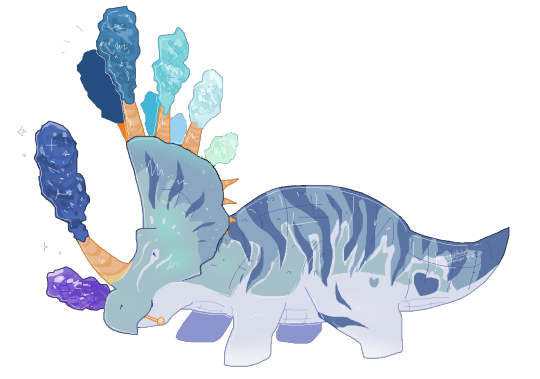
dinovember day 29: styracosaurus (rock candy)
#dinosaur#prehistoric#paleontology#dinovember2023#ceratopsian#styracosaurus#(suggested by a discord user)#never heard of rock candy but it looks PRETTY#IMAGINE IF ROCKS WERE YUMMY!
86 notes
·
View notes
Text

#anime#anime user box#anime userbox#one piece#op#user box#userbox#strawhats#one piece strawhats#strawhat pirates#straw hat crew#mugiwara pirates#mugiwara no ichimi#mugiwara crew#tony tony chopper#chopper#cotton candy lover chopper#queued box
27 notes
·
View notes
Text

hallsblack hallspink hallsgreen
hallswhite hallsred hallspurple

#͏ ͏͏͏ ͏͏͏ ͏͏͏ ͏͏͏ ͏͏͏ ͏͏͏ ͏͏͏ ͏͏͏ ͏͏͏ ͏͏͏ ͏͏͏ ͏͏͏ ͏͏͏ ͏͏͏ ͏͏͏ ͏͏͏ ͏͏͏ ͏͏͏ ͏͏͏ ͏͏͏ ͏͏͏ ͏͏͏ ͏͏͏ ͏͏͏ ͏͏͏ ͏͏͏ ͏͏͏ ͏͏͏ ͏͏͏ ͏͏#users#messy users#random users#short users#cute bios#simple users#food users#candy users#tumblr users#ideas#usernames ideas#cute usernames#soft usernames#messy usernames#user idea#carrd user#random layouts#kpop users#anime users#messycore
21 notes
·
View notes
Text
Product design and psychology: The Role of Grinding in Video Game Design
Keywords: Grinding, Video Gaming, Game Design, Player Engagement, Psychological Manipulation
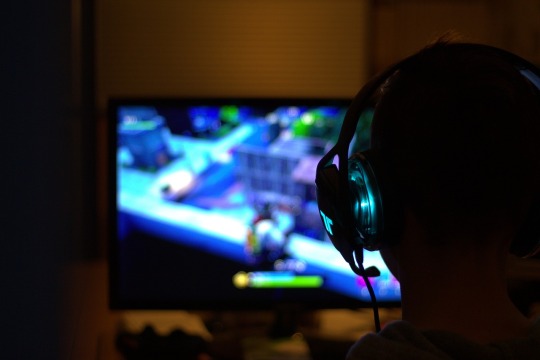
Abstract:
This paper scrutinizes the utilization of "grinding" as a technique in video game design, particularly as a method of psychological manipulation that affects player engagement and behaviour. Case studies are explored to deliver a comprehensive understanding of the practical application of grinding and its implications, all from a product design viewpoint.
Introduction:
The design principles governing video games frequently incorporate mechanisms intended to stimulate player engagement and prolong interaction time. One such prevalent mechanism is "grinding," defined as the practice of executing repetitive tasks within the game environment to achieve specific objectives. While grinding can evoke a sense of achievement, it also carries the potential to induce exhaustion and frustration among players. This study endeavours to explore the intricacies of grinding, its role in game design, and its influence on player experience.
Explanation:
Coined from the concept of persistently "grinding away" at a task, the term "grinding" in the gaming context implies the undertaking of repetitive actions by a player to attain certain results or to advance within the game. In numerous instances, such actions may not directly correlate with the game's primary storyline or objectives but are aimed at accumulating experience points, in-game currency, or specialized items.
Grinding is an omnipresent component across a vast array of game genres, with its prominence notably manifested in Massively Multiplayer Online Role-Playing Games (MMORPGs). In these games, the player's progression and performance are often gauged based on their character's level, skills, and available equipment.
From the standpoint of game design, grinding assumes several roles. It serves to extend the game's lifespan by instituting goals that necessitate substantial time investment. Additionally, it fosters a sense of accomplishment and progression and can encourage social interaction in multiplayer environments. Despite these advantages, critics contend that grinding can lead to monotonous and ungratifying gameplay experiences. The considerable time commitment required by grinding may propel some players towards purchasing in-game enhancements using real-world money, thereby generating additional revenue for game developers.
Further, there is an ongoing discourse concerning the psychological implications of grinding. Its repetitive and rewarding nature might precipitate addictive behaviours and excessive consumption of time, mirroring the effects typically associated with gambling disorders. Through the exploration of these aspects, we aim to shed light on the complex dynamics of grinding in the context of modern video gaming.
Grinding in Gaming: Conceptualization and Design
Grinding typically refers to the act of performing repetitive actions in a game to attain a specific goal, often associated with levelling up, obtaining items, or advancing in-game skills. Although it can give players a sense of progression, it can also serve as a roadblock, encouraging players to consider alternative paths to progress, such as microtransactions.
Case Study: World of Warcraft
Blizzard Entertainment's World of Warcraft (WoW) extensively employs grinding. Players often engage in repetitive tasks like fighting the same enemies, repeatedly battling against non-player characters (NPCs), or completing the same quests to increase their character's level, to gain experience points, in-game currency, or rare items. This grind contributes to a sense of achievement but has also been criticized for sometimes leading to a tedious gameplay experience.
youtube
Case Study: Candy Crush Saga
King's Candy Crush Saga uses grinding as a monetization strategy. As players progress and levels become harder, the option to grind through the game becomes more attractive. Alternatively, players can buy power-ups and boosters to surpass the grind, effectively translating grinding mechanics into revenue for the game developers.
Case Study: Destiny 2
This game provides an example of a 'loot grind.' Players repeatedly complete activities like strikes, raids, or public events to earn 'engrams' – randomized gear drops. The goal is often to collect more powerful gear to increase a character's power level.
youtube
Case Study: Old School RuneScape
In this MMORPG, players might grind by repetitively performing tasks like mining, fishing, or woodcutting. These actions, though monotonous, boost the player's skill levels, enabling them to perform new tasks, quests, or create new items.
Implications for Game Design
Grinding, while a tool to extend game playtime and potentially drive monetization, must be thoughtfully implemented to avoid player fatigue or burnout. Game designers should strike a balance between meaningful progression and repetitive grind, ensuring the game remains engaging and satisfying.
Conclusion
Grinding, as a mechanism of psychological manipulation in video game design, can greatly impact player behaviour and engagement. Striking a balance between challenge, satisfaction, and repetition is vital to ensure a rewarding gameplay experience. As the video game industry advances, it will be intriguing to observe the evolution and refinement of grinding mechanisms and their psychological impact on players.
References:
Sicart, M. (2013). Grinding in Games: Understanding the Appeal. Philosophy of Computer Games Conference, 8-11.
Hamari, J., Alha, K., Järvelä, S., Kivikangas, J. M., Koivisto, J., & Paavilainen, J. (2017). Why do players buy in-game content? An empirical study on concrete purchase motivations. Computers in Human Behavior, 68, 538-546. doi:10.1016/j.chb.2016.11.045
Blizzard Entertainment. (2004). World of Warcraft [Video Game]. Blizzard Entertainment.
King. (2012). Candy Crush Saga [Video Game]. King.
Bungie. (2017). Destiny 2 [Video Game]. Activision.
Jagex. (2013). Old School RuneScape [Video Game]. Jagex.
Yee, N. (2006). Motivations of play in online games. CyberPsychology & Behavior, 9(6), 772-775. doi:10.1089/cpb.2006.9.772
Johnson, M. R., & Woodcock, J. (2019). The impacts of live streaming and Twitch.tv on the video game industry. Media, Culture & Society, 41(5), 670-688. doi:10.1177/0163443718818363
King, D., Delfabbro, P., & Griffiths, M. (2010). Video game structural characteristics: A new psychological taxonomy. International Journal of Mental Health and Addiction, 8(1), 90-106. doi:10.1007/s11469-009-9206-4
Deterding, S., Dixon, D., Khaled, R., & Nacke, L. (2011). From game design elements to gamefulness: defining "gamification". MindTrek '11: Proceedings of the 15th International Academic MindTrek Conference: Envisioning Future Media Environments, 9-15. doi:10.1145/2181037.2181040
#Grinding#Video Gaming#Game Design#Player Engagement#Psychological Manipulation#product design#gaming#user experience#player behaviour#destiny 2#world of warcraft#runescape#old school runescape#candy crush#Youtube
70 notes
·
View notes
Text
Help anon figure out if they're allergic to licorice.
–
We ask your questions so you don’t have to! Submit your questions to have them posted anonymously as polls.
#polls#incognito polls#anonymous#tumblr polls#tumblr users#questions#polls about food#submitted dec 15#licorice#food#candy#sweets
163 notes
·
View notes
Text

This user loves jelly beans. Send me an ask for the userbox you'd like to see next!
#laney speaks#mine#userbox#user box#this user#pink#cute#pinkpossibly#love#pastel#pink aesthetic#sweet#pink pastel#jelly beans#jelly bean#candy#sweets#food#dessert#pink things#light pink#pastelcore#pastel pink#pink aes#aestethic#princess#princess aesthetic#princess core#pastel colors#pinkcore
176 notes
·
View notes
Text

under the cut, you’ll find 9 purple Speak Now-themed gif headers in honor of Speak Now (Taylor's Version)!
all 640 x 360 (click for full quality)
with black and white borders!
do not repost/claim as your own
like/reblog if you save/use



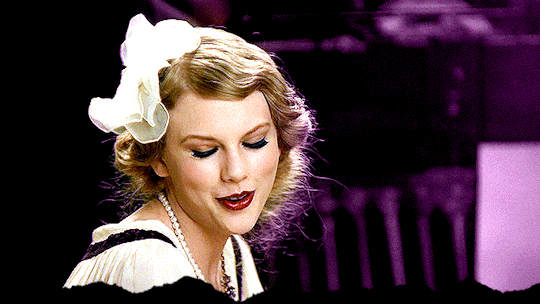







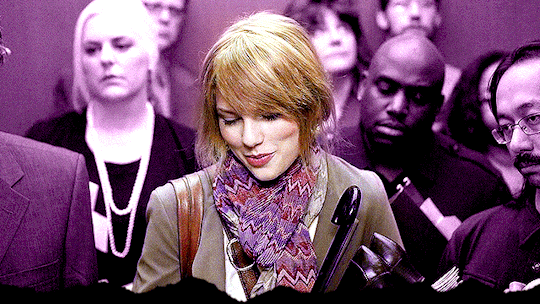






#tswiftedit#taylor swift#taylorswiftedit#tswiftgif#candy swift#dailytayloredits#edit#sarahsedits#tsresources#tswiftheaders#header#networkthirteen#useral#uservivaldi#usermadita#useryoshi
200 notes
·
View notes